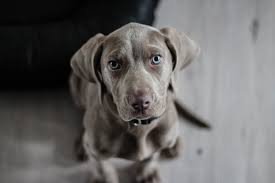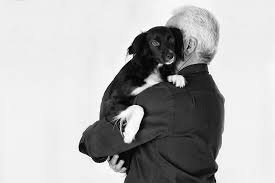how to teach that new puppy
How to help your new puppy be great.

So you have just got yourself a cute little puppy, you are super excited and look forward to the day this little puppy grows to become your best friend.
But where do we start?
The idea of teaching this little animal everything its needs to know to live in harmony with you and others, can be overwhelming. I have a few steps that will help you to expose the real potential of your puppy and help them to be tremendous. I believe all dogs have the ability to be great. Unfortunately the training methods you see on TV and most you tube channels are only a Band-Aid fix or simply not good enough for your dogs complex personality.
The treat method
We have all seen the TV shows and YouTube clips on training puppies and younger dogs, unfortunately most of the DIY training instructors take the easy way out and opt for the treat reward system. While this will give you quick results, this system has its faults , your puppy is performing for food. The first flaws with this system becomes evident when your dog is full as the desire to nibble down that treat is gone. Secondly your dog is not performing to please you it is performing to please itself so when a situation arises that is more enticing than a treat, the dog will do as it pleases.
Using aggression and fear
Under no circumstance use aggression or fear to control your dog, I understand puppies can be frustrating at time but Dogs are very sensitive animals. Using aggressive training methods starts some very bad cycles that are very hard to rectify. If aggression is used the first sign is usually timidness and after some time this timid behavior will turn into aggression. It is true that dog are a product of their environment, but like humans some are wound more tightly than others. So remember kindness above everything else.
The method I use to get the full potential
Over the years I have had many great canine companions from working dogs to lapdogs, each has been different.
The first step: letting your puppy know he/she is part of the family. Everyone in the family needs to play with pat talk to this new family member, give it as much love as possible. If you have other dogs that may be rough with the pup introduce them slowly and do not favor the puppy in front of your older dogs as this can create jealousy. Older dog’s generally female take on a mothering role almost immediately, but do watch how they interact and avoid any conflict. You don’t want to raise a dog that is aggressive to other pets.
The second step: get into your puppies head, understand how he/she thinks and your first lesson is with food. This can be started at around 15 weeks old. Place a small amount of food in a bowl and place your puppy about a foot away. Naturally he/she will try to rush the bowl. Gently hold them back and say no,do not allow the puppy to have the food until you give them the eat command, this is very important and will take some time before the puppy will listen to your voice commands. This teaches the dog to listen to you over his/her natural instincts and will pay dividends in the future.
The third step: no jumping on people. It may be cute when you get home to have your dog jump up for a pat, but it is a very bad habit as they can accidentally knock over children and the elderly and no one wants that. Gently push them down and say no firmly, they will remember the no command from their first lesson and understand this is something you want them to discontinue.

The forth step: teach your dog to come on command, these days many calling devices are available some include high frequency whistles, clickers and sound emitting collars, personally I prefer to whistle with my mouth. This dose takes some practice to get right. Whatever method you uses remember to be consistent with it. This part of the training is about the dog wanting to please you. Start with a long rope (about 30 feet) use the come command you have decided upon. If the dog won’t come to the command very gently pull the dog towards you and use the command again. Eventually the dog will come, you must make a very big deal about this reward him/her with lots of praise and pats. Be sure not to overdo this type of training, generally 5min is enough per day you don’t want the dog to become bored of its training.

The fifth and final step; is have patience and understand it will take some time and every dog is different. Once your dog is performing to please you it is possible to teach them anything.
enough for me a couple of times to take a walk with the dog, so he learned to urinate on the street.
haha